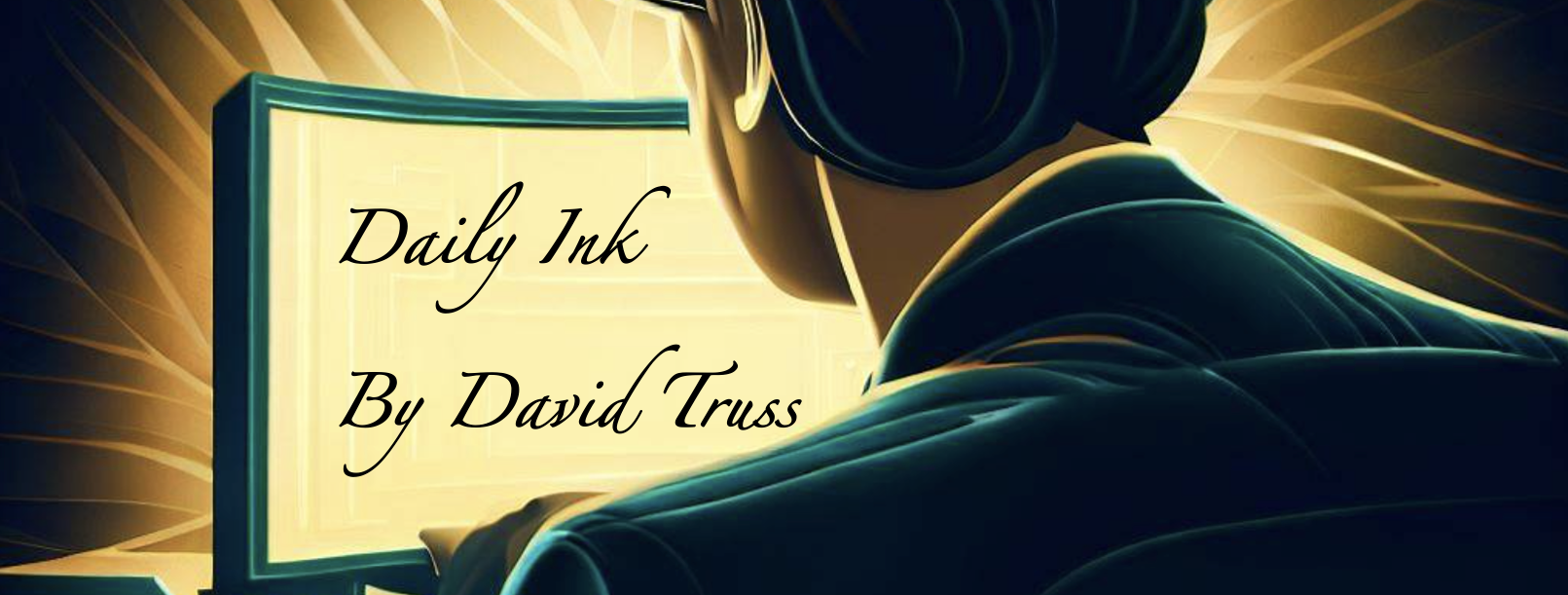One of the biggest challenges with AI image generation is text. A new model, Ideogram 3.0 out of a Toronto startup, seems to have cracked the code. I wanted to try it out and so here were my two free prompts and their responses:
Prompt: Create an ad for a blog titled ‘Daily-Ink’ by David Truss.
The blog is about daily musings, education, technology, and the future, and the ad should look like a movie poster




Prompt: Create an ad for a blog titled ‘Daily-Ink’ by David Truss.
The byline is, “ Writing is my artistic expression. My keyboard is my brush. Words are my medium. My blog is my canvas. And committing to writing daily makes me feel like an artist.”




While the second, far more wordy prompt was less accurate, I can say that just 3 short months ago no AI image model would have come close to this. Now, this is coming out of a startup, not even one of the big players.
I didn’t even play with the styles and options, or suggest these in my prompts.

As someone who creates AI images almost daily, I can say that there has been a lot of frustration around trying to include text… but that now seems to be a short-lived complaint. We are on a very fast track to this being a non-issue across almost all tools.
—
Side note: The word that keeps coming to mind for me is convergence. That would be my word for 2025. Everything is coming together, images, text, voice, robotics, all moving us closer and closer to a world where ‘better’ happens almost daily.









